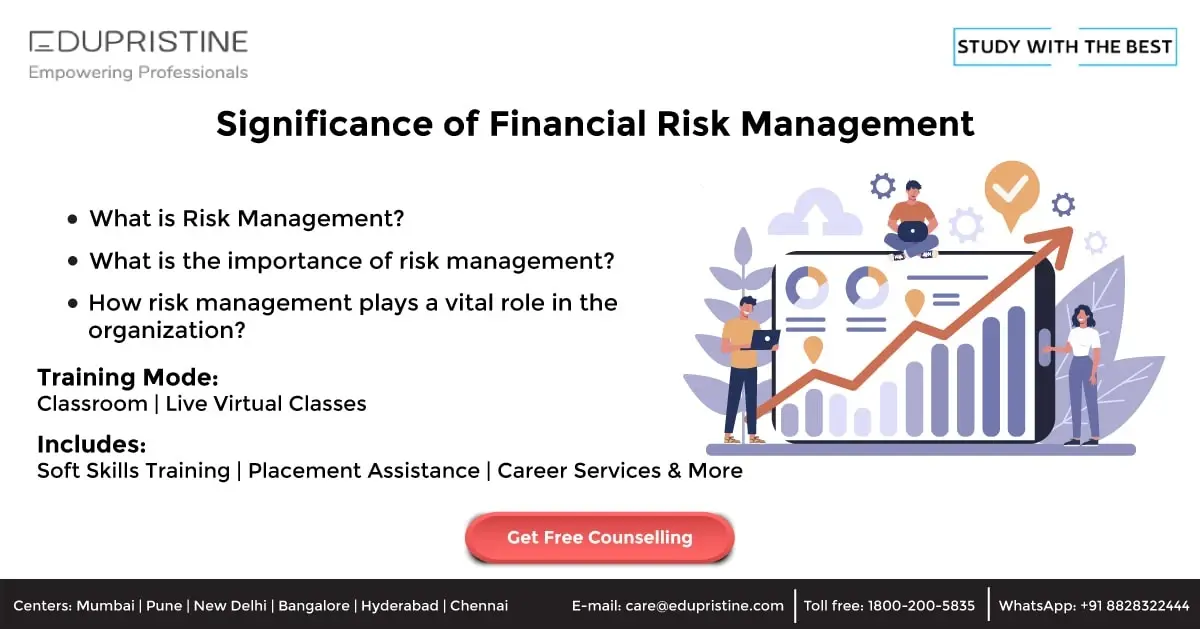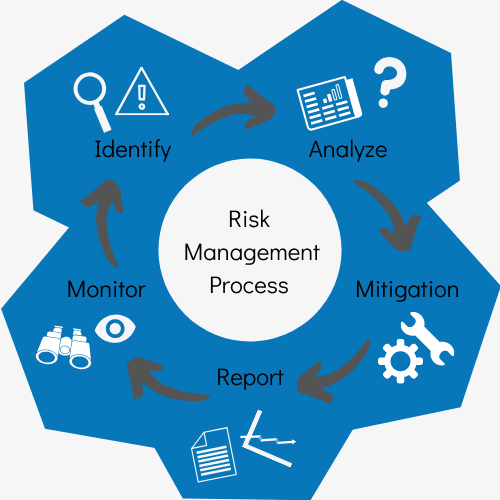How the Importance of Risk Management Shapes Strong Leadership
How the Importance of Risk Management Shapes Strong Leadership
Blog Article
Discovering the Relevance of Risk Management for Effective Decision-Making Techniques
In the complex world of organization, Risk Management arises as an important element in the decision-making procedure. The ability to recognize potential threats and possibilities, and strategize appropriately, can spell the difference in between success and failure.
Comprehending the Principle of Risk Management
Risk Management, a crucial part in decision-making, is commonly misinterpreted or oversimplified. Risk Management entails organized and regimented strategies, making use of information and insightful assessments. From monetary unpredictabilities, legal responsibilities, strategic Management errors, to crashes and natural calamities, it deals with numerous risks - importance of risk management.
The Duty of Risk Management in Decision-Making Processes
In the realm of calculated planning and company operations, Risk Management plays an indispensable function in decision-making processes. It aids in recognizing prospective risks and uncertainties that could affect the achievement of business objectives. By mapping these threats, companies can develop techniques to minimize their effect, guaranteeing organization continuity and security. Risk Management thus ends up being an essential tool in decision-making, aiding leaders to make informed options based on a comprehensive understanding of the dangers included. It urges a positive strategy, allowing companies to anticipate and prepare for feasible future scenarios. This significantly lowers the probability of unfavorable effects, promoting more effective and efficient decision-making approaches. Consequently, Risk Management serves as an important component in the decision-making procedures of any organization.

Just How Risk Management Improves Strategic Planning
In the context of calculated preparation, Risk Management plays a pivotal duty. Launching with the recognition of possible dangers, it better includes the application of Risk mitigation steps. The role of Risk Management is dynamic but not fixed, as it demands constant monitoring and adjusting of strategies.
Identifying Possible Threats

Applying Risk Mitigation
Having actually developed the relevance of identifying potential risks, the next step is to check out Risk reduction. This procedure involves developing and carrying out strategies to handle recognized threats effectively. It is a crucial facet of tactical preparation as it boosts decision-making by decreasing prospective adverse results. Risk mitigation techniques can vary from Risk evasion, Risk transfer, to run the risk of reduction. Each strategy official statement should be customized to the certain Risk, considering its prospective effect and the company's Risk resistance. Effective Risk mitigation needs a deep understanding of the Risk landscape and the possible influence of each Risk. This understanding enables companies to prioritize dangers and allot resources properly, guaranteeing that one of the most substantial hazards are attended to first.
Surveillance and Changing Techniques
Though Risk mitigation is a vital action in critical preparation, continual surveillance and change of these approaches is just as vital. It additionally gives an opportunity to evaluate the success of the Risk Management actions, permitting modifications to be made where required, additional improving calculated preparation. Surveillance and adjusting Risk Management techniques is an important element for enhancing an organization's durability and tactical preparation.
Situation Researches: Successful Risk Management and Decision-Making
In the globe of business and finance, effective Risk Management and decision-making usually offer as the columns of flourishing business. These cases highlight the value of astute Risk Management in decision-making procedures. These situations emphasize the crucial role of Risk Management in strategic decision-making.
Devices and Methods for Efficient Risk Management
These devices, such as Risk registers and heat maps, help in identifying and examining possible risks. Risk feedback approaches, an essential part of Risk Management, entail accepting, avoiding, transferring, or mitigating risks. With these tools and techniques, decision-makers can navigate the complex landscape of Risk Management, thereby promoting educated and effective decision-making.
Future Trends in Risk Management and Decision-Making Approaches
As we explore the substantial landscape of Risk Management, it comes to be evident that the devices and strategies utilized today will certainly proceed to evolve. The idea of Risk society, where every member of an organization is mindful and involved in Risk Management, will certainly obtain more importance. These fads herald a more inclusive and positive approach towards Risk Management and decision-making.
Verdict

Risk Management thus becomes a crucial tool in decision-making, aiding leaders to make enlightened choices based on a comprehensive understanding of the threats entailed. Risk reduction strategies can range from Risk avoidance, Risk transfer, to run the risk of decrease (importance of risk management). Reliable Risk reduction requires a deep understanding of the Risk landscape and the potential effect of each Risk. Risk action methods, a vital part of Risk Management, involve accepting, avoiding, moving, or mitigating threats. The principle of Risk society, where every member of an organization is aware and involved in Risk Management, will certainly obtain extra importance
Report this page